-
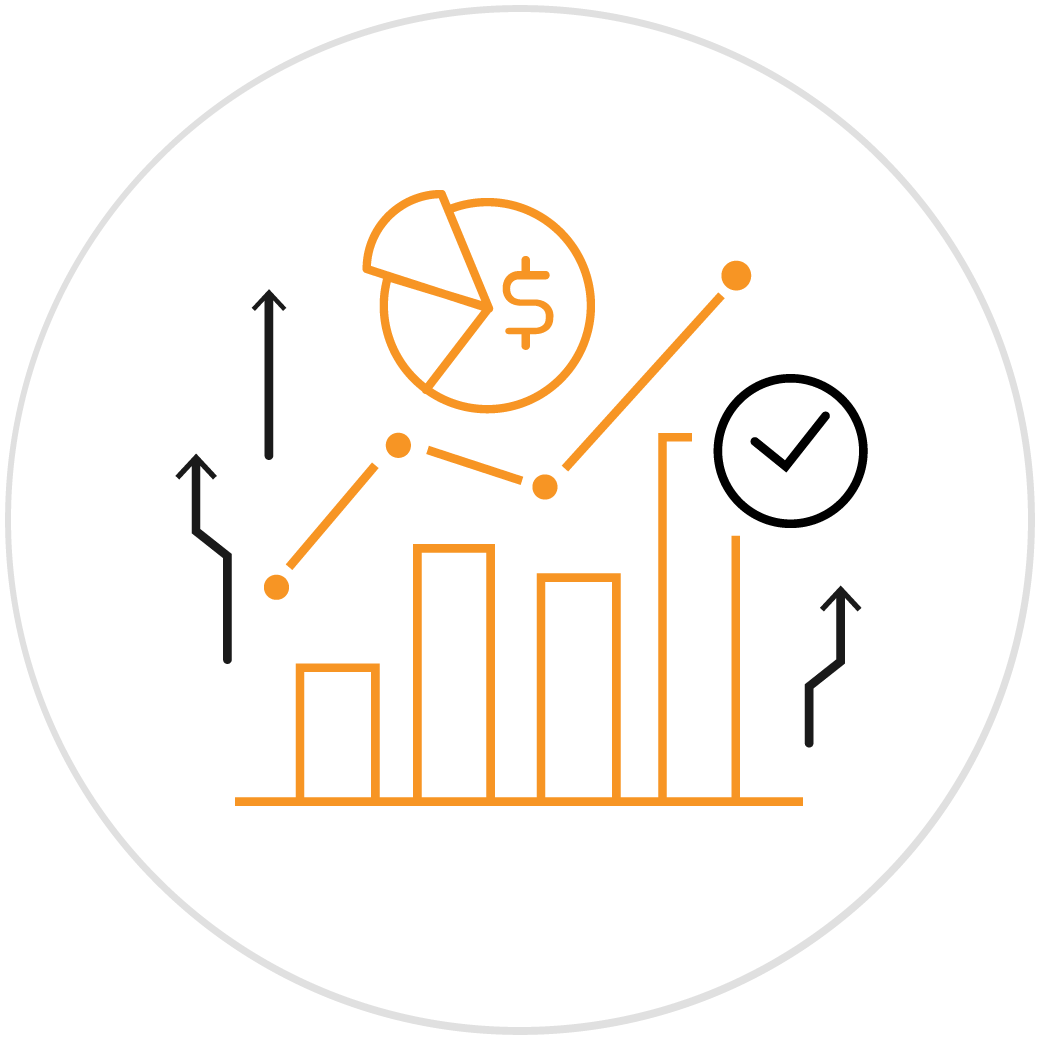
Deferred Rent Explained
When it comes to leasing, ASC 842 has changed the game when it comes to many different accounting items, especially when it comes to how they get recorded and tracked.
Some firms are still scrambling to make the transition from ASC 840 to ASC 842, especially when it comes to deferred rent.
It's a complicated subject when it comes to recording and tracking, so let's take a closer look at the procedures that are involved, how they've changed and what some of the implications of the ASC 842 changes are going forward.
What is Deferred Rent?
The first step in this process is to define deferred rent. Fortunately, the definition is straightforward—from an accounting perspective, deferred rent is the difference between the actual cash tenants pay landlords and the straight-line rent expense recorded on the lessee’s statement as part of an operating lease.
Straight-line rent evenly distributes lease expenses across each period of the lease term, simplifying accounting. For example, consider a 3-year lease with total rent of $36,000. Annual straight-line rent = Total rent / Lease term = $36,000 / 3 = $12,000 per year. If there's deferred rent of $6,000 in the first year, straight-line rent for the first year becomes $12,000 - $6,000 = $6,000, then $12,000 for each subsequent year.
-
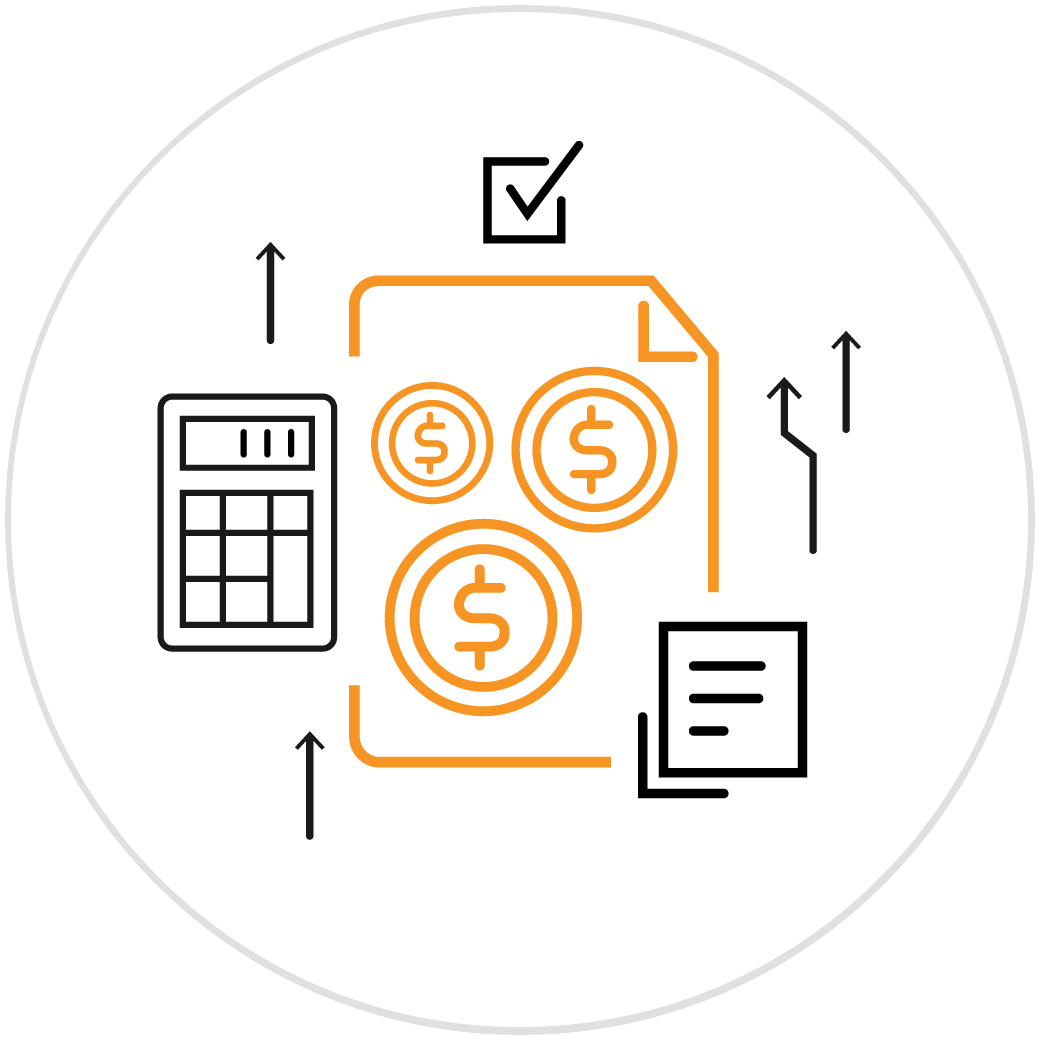
ASC 840: Deferred Rent
To understand how the task of recording and tracking deferred rent works, it’s important to know what an operating lease is and the role they’ve traditionally played in ASC accounting standards.
Under ASC 840, an operating lease is a lease where the lessor retains significant risks and rewards associated with ownership of the leased asset. Operating lease payments are recognized as rent expense on the lessee's income statement, with no impact on the balance sheet aside from footnotes.
Operating lease accounts were created specifically for ASC 840. Under the terms of that standard, they specified that total rent had to be recognized as a straight-line basis over the term of the lease, even if the payments varied during the lease time period.
To further explain this recording process, the differences between cash paid and the actual expense was recognized by debiting or crediting deferred rent within the operating lease.
Typically, deferred rent would start as a liability that would increase during the first part of the lease term when payments were low.
Over the course of the lease, those payments would gradually increase until the numbers canceled and the amount in the account is basically zeroed out by the end of the lease. -

ASC 842: Deferred Rent
The good news about recording and accounting for deferred rent under ASC 842 is that the process of recording rent expenses on a straight-line basis doesn’t change.
What does get altered, though, is that the lessees must record operating leases on the balance sheet, which wasn’t the case under ASC 840.
As a result, the lease liabilities and the right-of-use (ROU) assets are both recorded when the lease commences under the terms of ASC 842. The lease liabilities still represent the current value of the lessee’s future obligations, so most of the changes take place in the recording process.
The right-of-use (ROU) asset represents a lessee's right to use a leased asset for the lease term. It's recognized on the balance sheet under ASC 842 and reflects the present value of lease payments, adjusted for any initial direct costs, prepayments, or lease incentives.
With this new recording structure, the deferred rent account that was used as a part of 840 recordings is eliminated. That means deferred rent is no longer being separately calculated and identified, but it is still recognized in the financial statements.
Under ASC 842, the difference between straight-line rented and cash paid is still recorded on the company’s books, but the net activity in the lease liability and the ROU assets basically becomes deferred rent.
Also, the lease agreement must meet the classification criteria for an operating lease, which is somewhat different under ASC 842. There are also important transition issues that can come into play in going from ASC 840 to 842, so let’s take a closer look at those as well. -
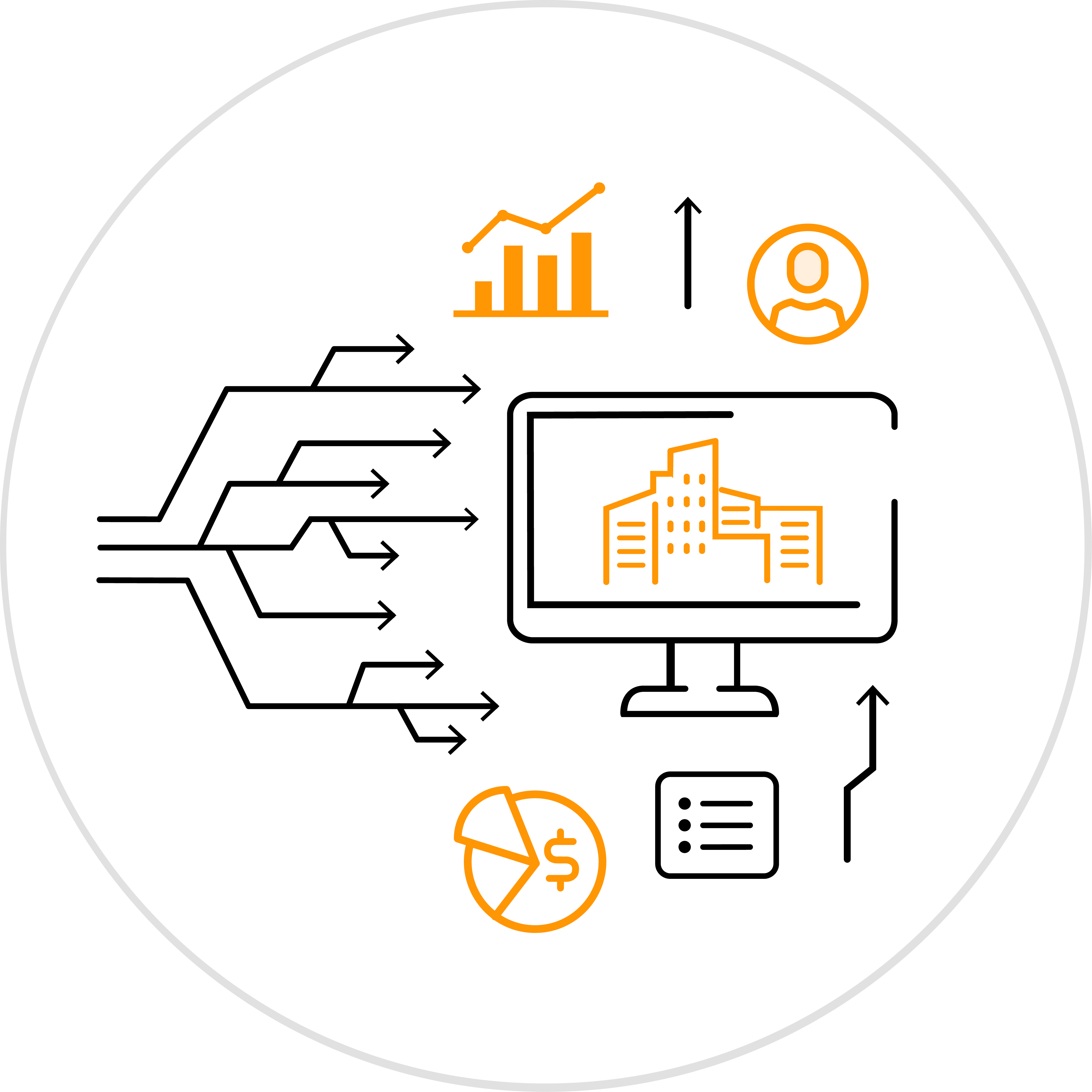
Deferred Rent During ASC 842 Transition
While the new recording procedures under ASC 842 are fairly straightforward, they do raise the issue of what happens to the accumulated balance of deferred rent for an operating lease during the transition for 840 to 842.
The new 842 guidelines specifically state that when the operating lease commences, the ROU assets have to be adjusted for several items, including any accrued or prepaid lease payments.
That means that deferred rent has essentially been renamed during the transition process, depending on whether it's a cumulative positive or negative amount, which means it’s now either called accrued rent or prepaid rent.
In most leases, deferred rent is a liability that is recorded as a negative balance.
The journal entry for recording during the transition is a debit—or a credit with some leases— to the deferred rent account for the total amount of deferred rent related to the operating lease.
It can also appear as a credit—or a debit in some cases— to the ROU asset that’s established for that same operating lease.
This journal entry is essentially over the accumulated deferred rent over time, so that it shifts from being a standalone account to becoming a part of the new ROU asset. -
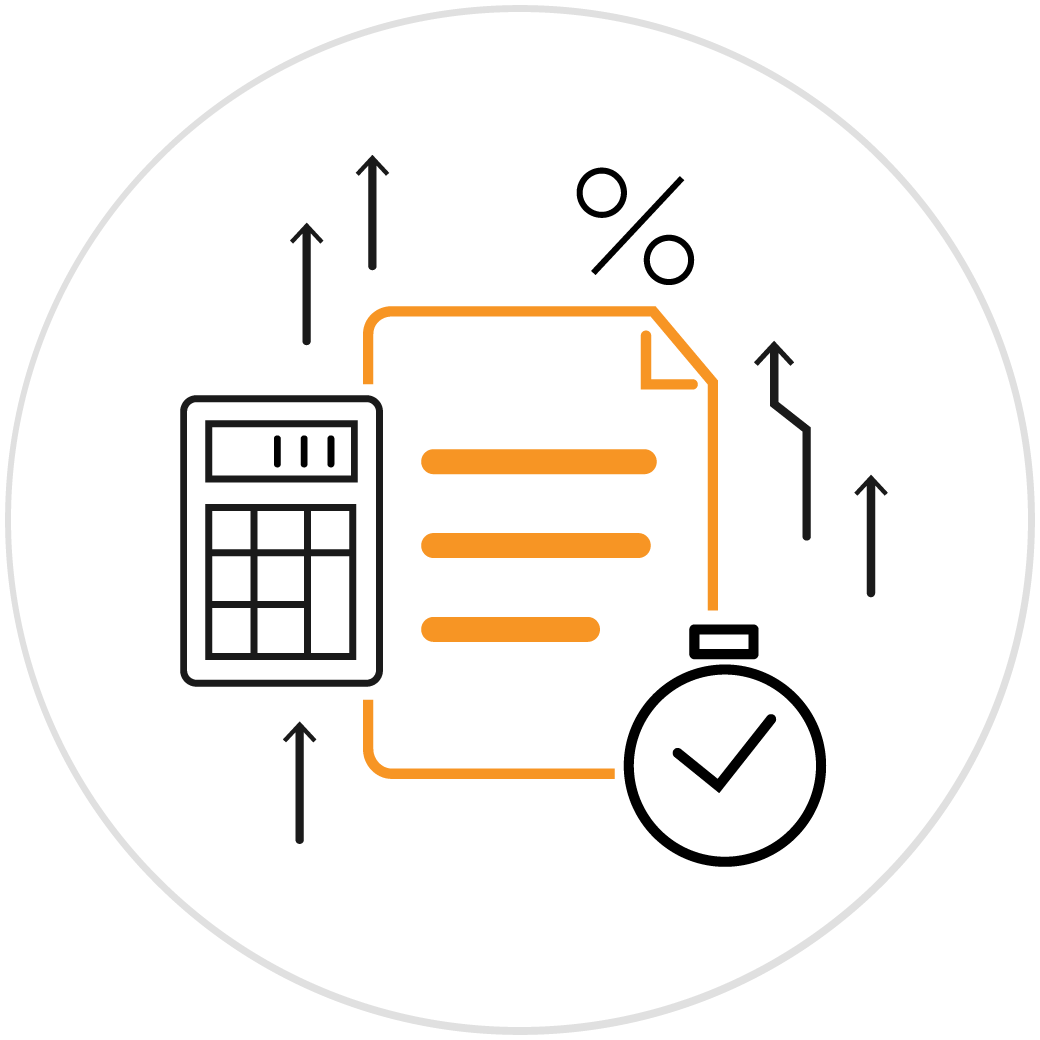
ASC 842 Lease Accounting Journal Entries Example
For example, let's consider a lease agreement where a lessee pays $12,000 annually for a 3-year lease term, starting on January 1, Year 1. The lease requires $6,000 of rent to be paid in advance on January 1, Year 1, and the remaining $6,000 to be paid at the end of each year (y+1). Let's assume a discount rate of 5%.
Under ASC 840 Lease AccountingDate Account Debit Credit 01/01/Year 1 Prepaid Rent $6,000 01/01/Year 1 Cash $6,000 12/31/Year2 Rent Expense $6,000 12/31/Year2 Prepaid Rent $6,000 12/31/Year3 Rent Expense $6,000 12/31/Year3 Prepaid Rent $6,000
Under ASC 842 Lease AccountingDate Account Debit Credit 01/01/Year 1 Right-of-Use Asset $6,000 01/01/Year 1 Lease Liability $6,000 12/31/Year 2 Rent Expense $6,000 12/31/Year 2 Lease Liability $6,000 12/31/Year 3 Rent Expense $6,000 12/31/Year 3 Lease Liability $6,000
In ASC 840, deferred rent is recognized as a prepaid expense initially and then expensed over the lease term. In ASC 842, it's replaced by the recognition of a right-of-use asset and lease liability, with rent expense being recognized each period. -
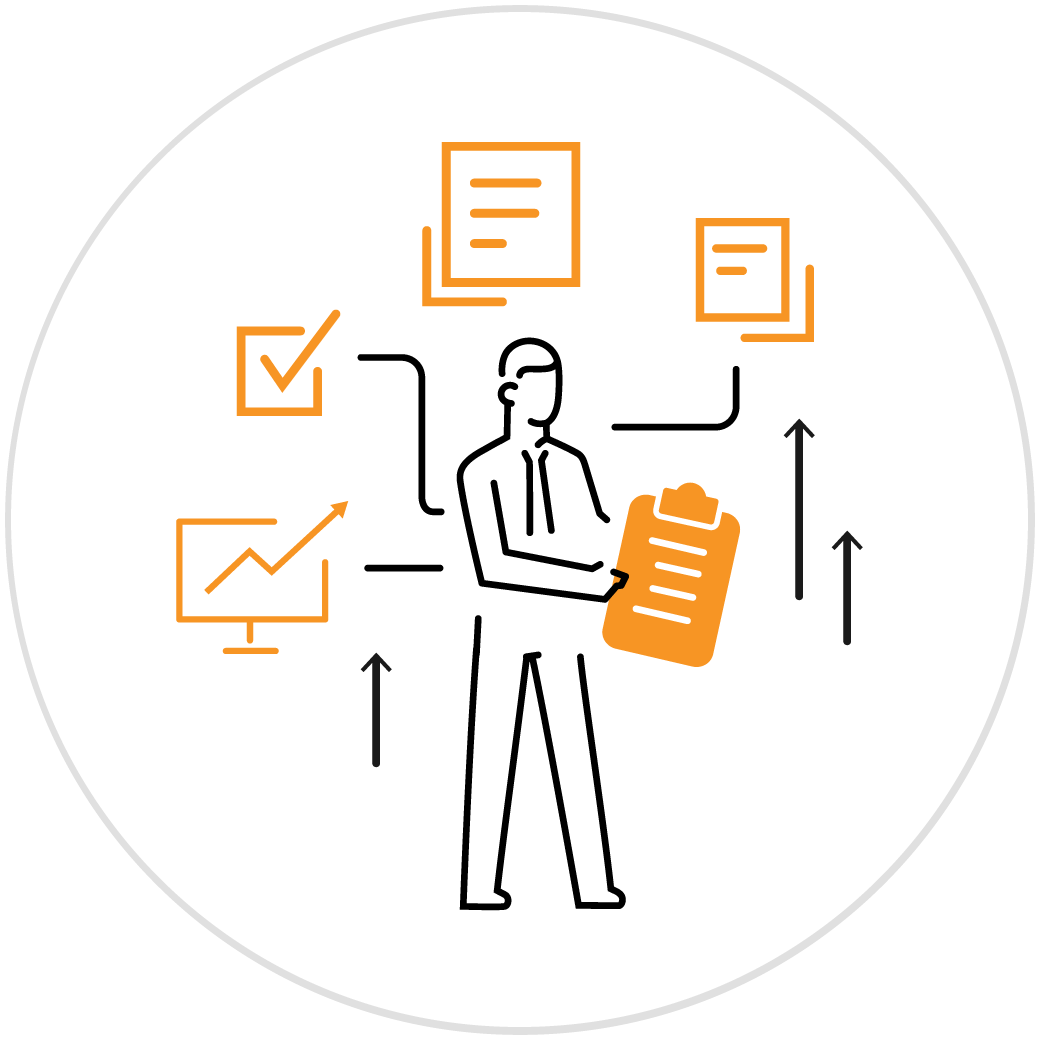
The Bottom Line
The end result of the transition from 840 to 842 is that the deferred rent account is eventually eliminated from the balance sheet after the transition period.
This doesn’t affect the net income that’s stated on the balance sheet, but under 842 the differences between expenses recognized and the cash paid are instead recognized in the lease liability, the ROU asset, and the rent expense.
It’s important to have up-to-date, powerful lease software that can reflect this change accurately, and they need to be tracked in several places during the recording process.
Specifically, all the items that have changed need to be recorded accurately in the line items, the balance sheet, and in any subsequent reports being used by your company.
How to Make Sure You Understand Deferred Rent in ASC 842
As you can see from the above explanations, understanding the recording process for deferred rent under ASC 842 can be somewhat complicated. It's easy to make mistakes, and those mistakes can be costly.
Fortunately, there's a reasonable solution to this problem. At iLeasePro, our leasing experts have worked with both ASC 840 and ASC 842 for years, and we understand the changes, the logic behind them, and why they're important.
We can help explain them to you to make sure you get them right, and we can provide the right software products to help you record and implement the ASC 842 changes correctly.
To do this, you can call iLeasePro at 888-351-4606, or you can go to iLeasePro and access our excellent information about our software products and how they can help you with ASC 842. We'll give you all the information you need to simplify the recording process and show you how to use it to improve your bottom line.
